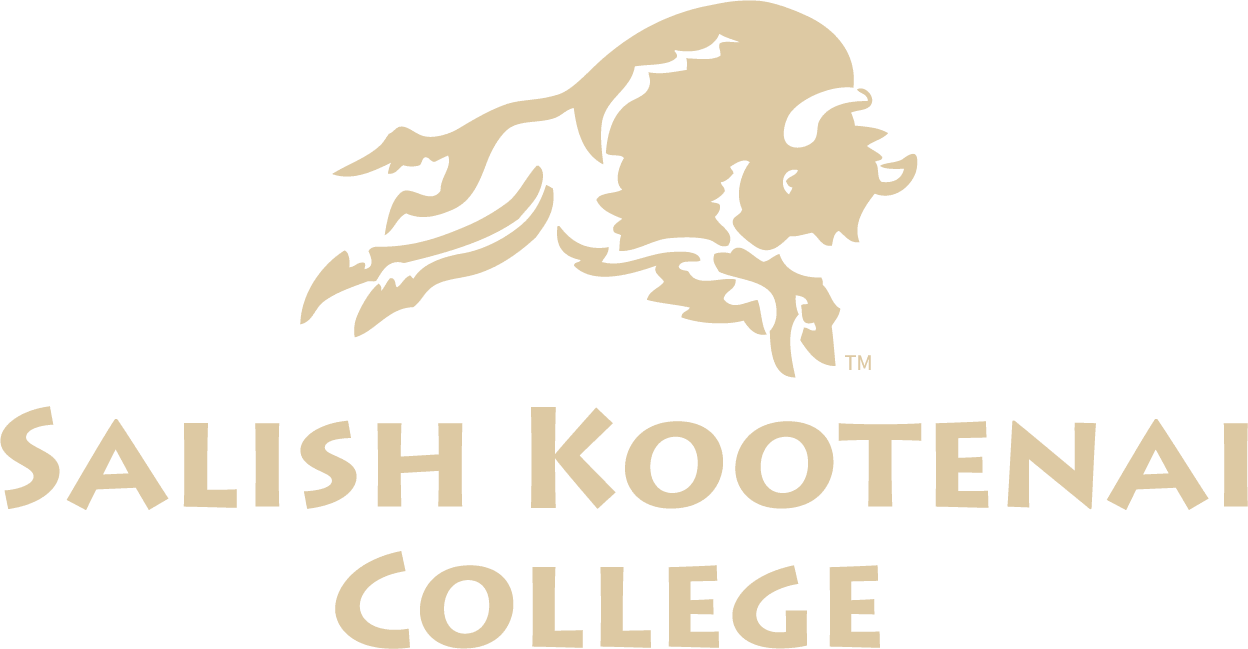Careers in Forestry
SKC TREES began in the fall of 2013 to expand leadership and educational opportunities for Native American students and professionals within natural resource fields.
Our staff provide opportunities in training, education, internship support, and mentoring to students and professionals nationwide.
Our mission is to provide quality education, mentoring, and internship opportunities to Native American youth and natural resource students throughout the nation, to help foster culturally driven natural resource research relevant to tribal communities, and to provide quality and relevant workforce development and training in natural resource topics to tribal and federal natural resource technicians and professionals.
Our vision is to become a central point for the promotion of natural resource careers amongst Native American students and to provide training and support to build capacity in natural resource research and management for tribes, the Bureau of Indian Affairs and affiliated agencies across the nation.
Our Programs:
SKC TREES currently offers two programs to place interns in natural resource positions.
BIA Pathways serves tribally enrolled students focusing on Forestry and Wildland Fire careers.
USFS Resource Assistants Program serves Natural Resource students in any field, enrolled or not.
An aging workforce in forestry is affecting forestry organizations across the Nation as a large proportion of the experienced workforce is, or soon will be, eligible for retirement. A 2011 study showed that the average age of foresters was 51, higher than most related natural resource professions (Sharik and Lilieholm, 2012). The USDA strategic workforce plan (2008) found that 27% of all foresters, 36% of supervisors/managers and 62% of the senior executive service were eligible for retirement.
A nationwide “scarcity” of trained and experienced foresters will add to the already considerable recruitment and retention issues faced by BIA and the tribes. For instance over 60% of BIA forestry staff in the Pacific Northwest Region are eligible for retirement in the next 5 years (Shaw, 2012). Within a small agency such as the BIA, a disproportionate wave of retirements can translate to major shifts in personnel, losses of institutional knowledge, and leadership deficits.
An aging workforce will result in staff losses that are overcoming current recruitment and retention measures. IFMAT III workforce survey of 135 professional foresters indicates an average age of 49. While this is slightly lower than the 51 years documented in a national study (Sharik and Lilieholm, 2012), the workforce survey reveals that 51% of the surveyed foresters were 50 years or older (Figure C.2.).
The average number of years of experience in Indian forestry was 18 with 40% reporting 21 or more years of service. The last systematic analysis of BIA workforce recruitment and retention challenges was done in 1992. In spite of skewed age distributions that foretell coming waves of retirements, we find no cohesive national strategic plan to address increasing shortages of trained personnel within Indian forestry programs.
We find no systematic program for employee recruitments such as is the practice for the Forest Service. The BIA has no protocol for consolidating or advertising available positions. Recent postings of BIA openings on the Division of Forestry and Wildland Fire Management Facebook page are part of a new effort to utilize social media for recruitment.
BIA foresters report frustration with the DOI Human Resources system. Multiple reports were heard of four months to a year to create a position description and longer to advertise, interview, and follow through to the selection of an individual. In the IFMAT III workforce survey, 55% of respondents reported that the average length of time needed to fill an open position exceeded 7 months (with almost 32% claiming that it took over a year).***
*** Taken from the third Indian Forest Management Assessment Team for the Intertribal Timber Council

